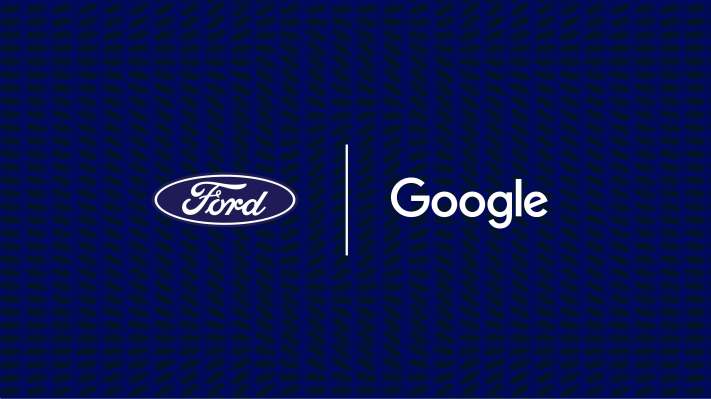

Millions of Ford and Lincoln-branded vehicles will be powered by Android operating system beginning in 2023 as part of a six-year partnership announced Monday that will bring embedded Google apps and services to drivers.
Ford and Google said as part of the partnership they will establish a new collaborative group called Team Upshift that will be used to develop new consumer experiences and services powered by the Android Automotive operating system. The team might create services that will change how customers buy a vehicle, for instance. The companies are also working together to create new business models with data. Google Cloud CEO Thomas Kurian noted that could mean using data to send consumers real-time notices or handle maintenance requests.
The two companies also announced that Ford has chosen Google Cloud as its preferred cloud provider.
The partnership marks a shift for Ford, which has for years attempted to avoid third-party companies like Google and Apple, and instead pushed its open source platform. In 2017, Ford and Toyota Motor even formed a consortium known as SmartDeviceLink Consortium — a reference to an open source software version of Ford’s AppLink. The aim, at the time, was to speed up the deployment of the open source software to give consumers more options in how they connect and control their smartphone apps.
Ford told TechCrunch that the SDL Consortium remains active and has more than 20 active members. “SDL enabled mobile applications remain a key way Ford is delivering innovations into our in-vehicle experiences,” a Ford spokesperson said.
Android Automotive OS shouldn’t be confused with Android Auto, which is a secondary interface that lies on top of an operating system and relies on the user’s smartphone. Android Automotive OS is modeled after its open-source mobile operating system that runs on Linux. But instead of running smartphones and tablets, Google modified it so it could be used in cars.
David McClelland, For Vice President of Strategy and Partnerships, said the partnership with Google “turbocharges” its more recent efforts and investments to build out its data analytics team and develop software expertise.
“We both believe that the relationship between Google and Ford will establish an innovation powerhouse,” McClelland said. “It will accelerate the modernization of our business at Ford, and most importantly, it will let us exceed our customers expectations.”
Ford isn’t the only company with plans to incorporate a version of its Android operating system into its vehicles, although McClelland emphasized that the services and offerings would be unique.
For instance, Volvo announced in 2017 that it would use the Android OS and a year later said it would embed voice-controlled Google Assistant, Google Play Store, Google Maps and other Google services into its next-generation Sensus infotainment system. lvo. Polestar, the electric vehicle brand under Volvo, also uses Android Automotive OS to power the infotainment system for its newest vehicle, the Polestar 2. Google announced in 2019 that it was opening its Android Automotive operating system up to third-party developers to bring music and other entertainment apps into vehicle infotainment systems, starting with the Polestar 2.

